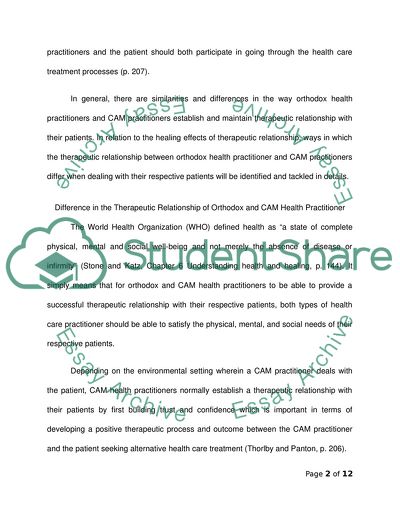Cite this document
(Relationship between a Health Care Practitioner and a Person Seeking T Case Study, n.d.)
Relationship between a Health Care Practitioner and a Person Seeking T Case Study. Retrieved from https://studentshare.org/health-sciences-medicine/1739288-complementary-and-alternative-medicine
Relationship between a Health Care Practitioner and a Person Seeking T Case Study. Retrieved from https://studentshare.org/health-sciences-medicine/1739288-complementary-and-alternative-medicine
(Relationship Between a Health Care Practitioner and a Person Seeking T Case Study)
Relationship Between a Health Care Practitioner and a Person Seeking T Case Study. https://studentshare.org/health-sciences-medicine/1739288-complementary-and-alternative-medicine.
Relationship Between a Health Care Practitioner and a Person Seeking T Case Study. https://studentshare.org/health-sciences-medicine/1739288-complementary-and-alternative-medicine.
“Relationship Between a Health Care Practitioner and a Person Seeking T Case Study”. https://studentshare.org/health-sciences-medicine/1739288-complementary-and-alternative-medicine.


